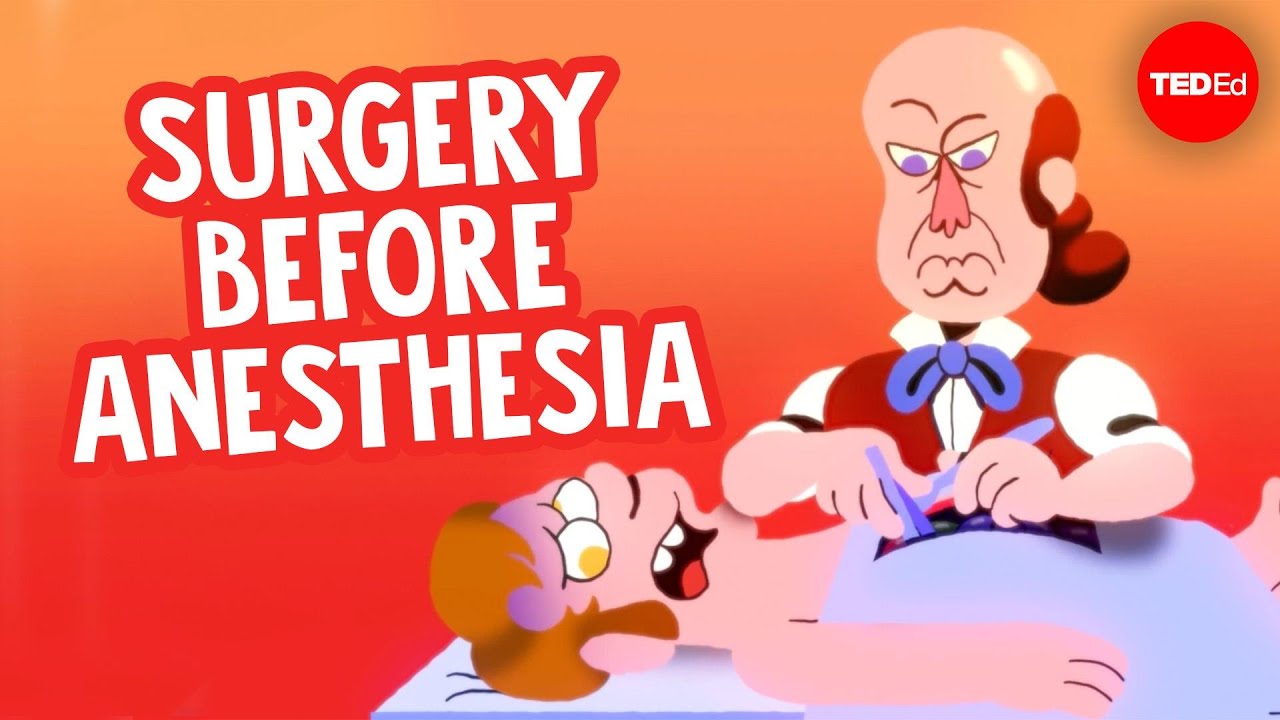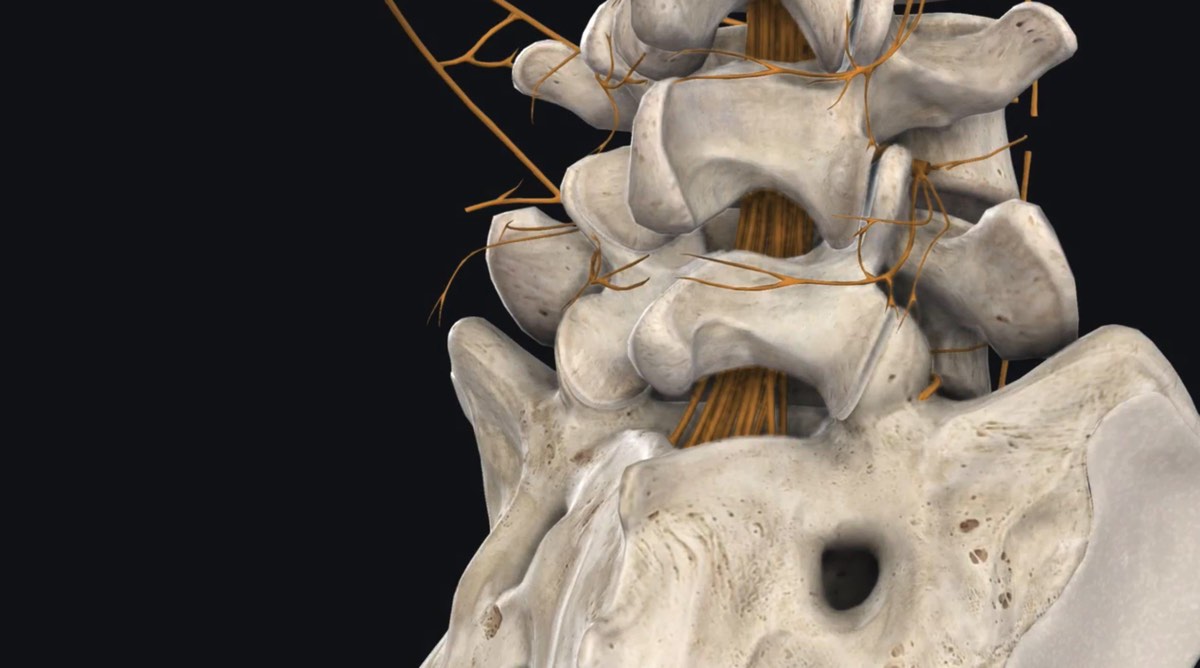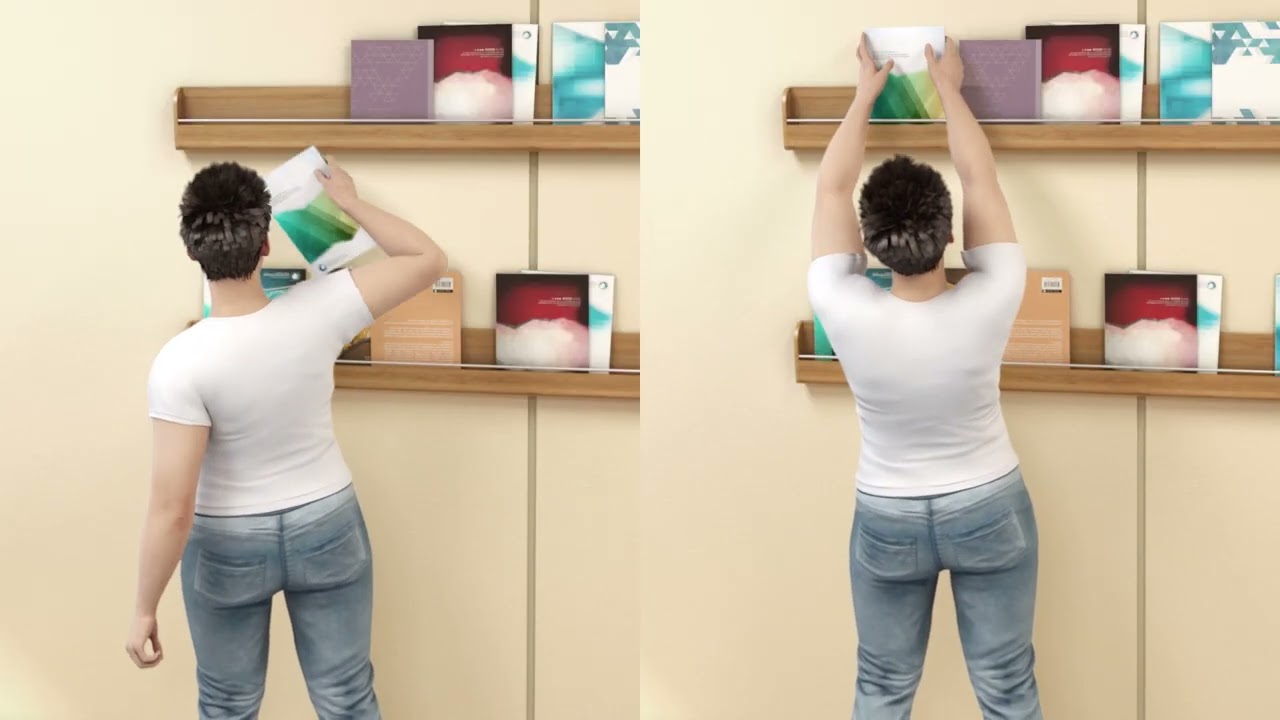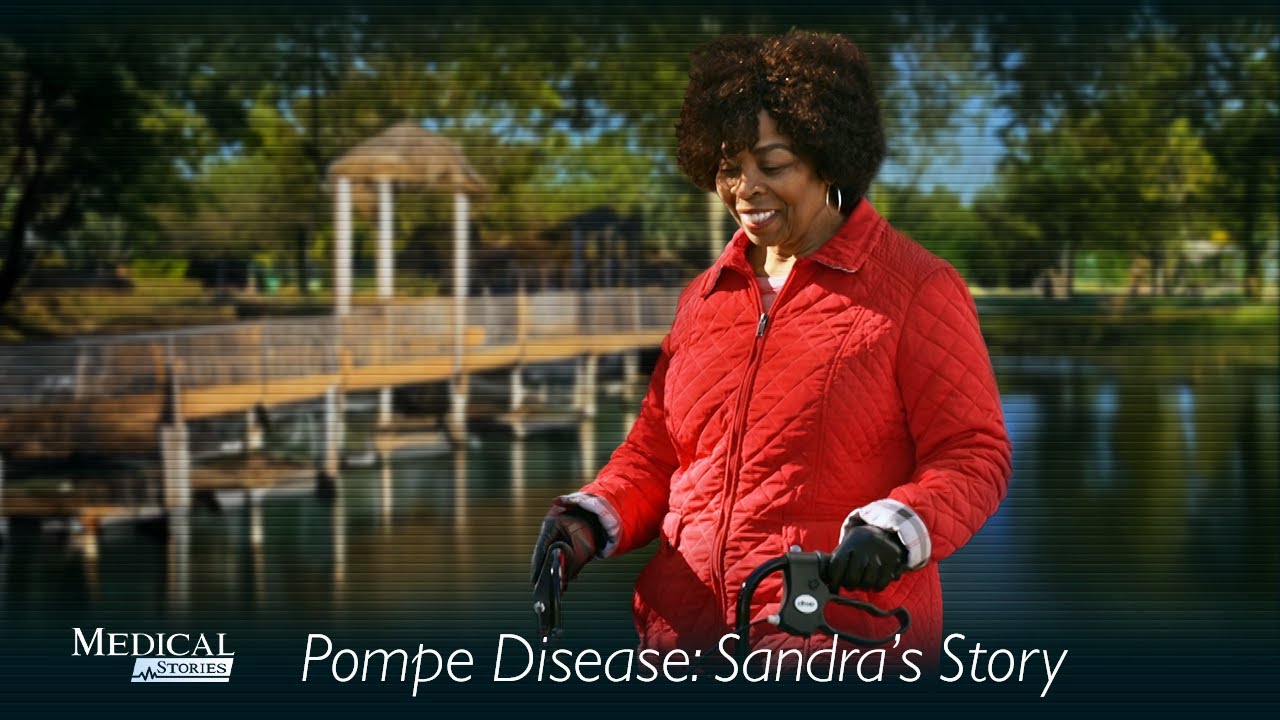Solifenacin for Overactive Bladder
Reuters Health • The Doctor's Channel Daily Newscast
Dr. Stéphane Bolduc with Centre Hospitalier Universitaire de Québec and colleagues note in the October issue of the Journal of Urology that solifenacin is a newer antimuscarinic agent approved by the US Food and Drug Administration in 2005 for use in adults.
The researchers prospectively studied 72 children with persistent urinary incontinence and an incomplete urodynamic response despite optimal oxybutynin or tolterodine treatment, with the aim of optimizing medical therapy with solifenacin. The mean age of the children was 9 years. A total of 27 of the patients had neurogenic bladder while 45 had nonneurogenic overactive bladder.
The team treated the children with a modified dose of 1.25 to 10 mg/d solifenacin and found that continence improved in all cases. “Patients/parents rated improvement as 100% — complete dryness — in 24 patients (33.3%), greater than 90% in 42 (58.3%) and a 50% to 89% decrease in 6 (8.3%).”
There was no significant difference in response between neurogenic and nonneurogenic cases.
While 70% of the children did not experience any adverse side effects, 21% did report mild effects such as xerostomia or constipation. ”However,” Dr. Bolduc and colleagues report, “4 patients discontinued treatment because of side effects, including 2 with neurogenic bladder due to severe constipation and insomnia in 1 each, and 2 with nonneurogenic bladder due to aggressive behavior.”
They also found that four patients developed significant post-void residual urine.
The authors conclude that solifenacin proved to be an effective alternative in a pediatric population with overactive bladder, but note: “Further followup is needed to evaluate long-term evolution in these patients and randomized, controlled studies are necessary to obtain official approval for alternate anticholinergic medications.”
J Urol 2010;194:1668-1672.









